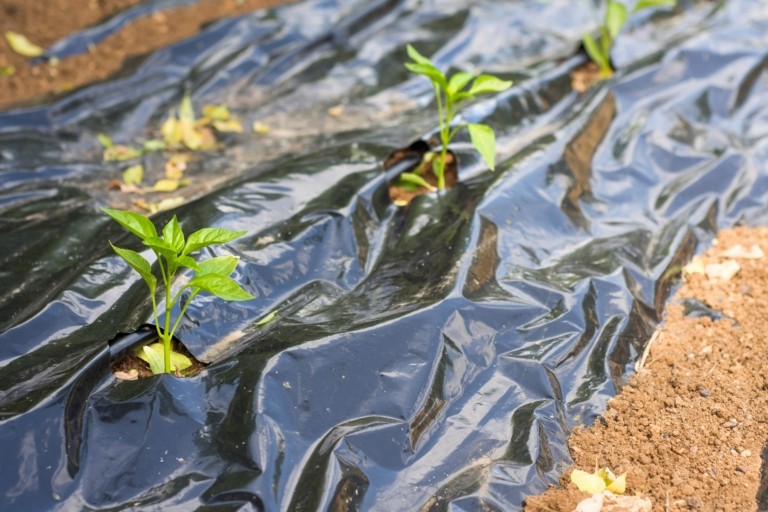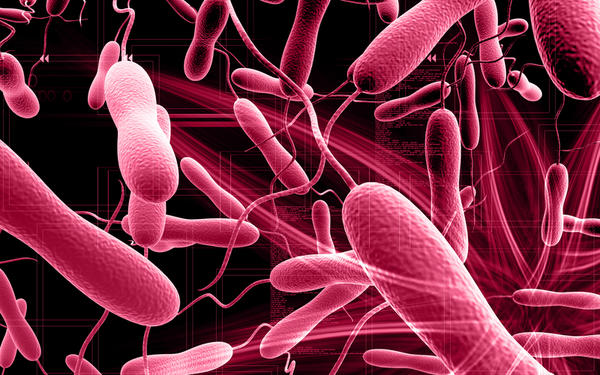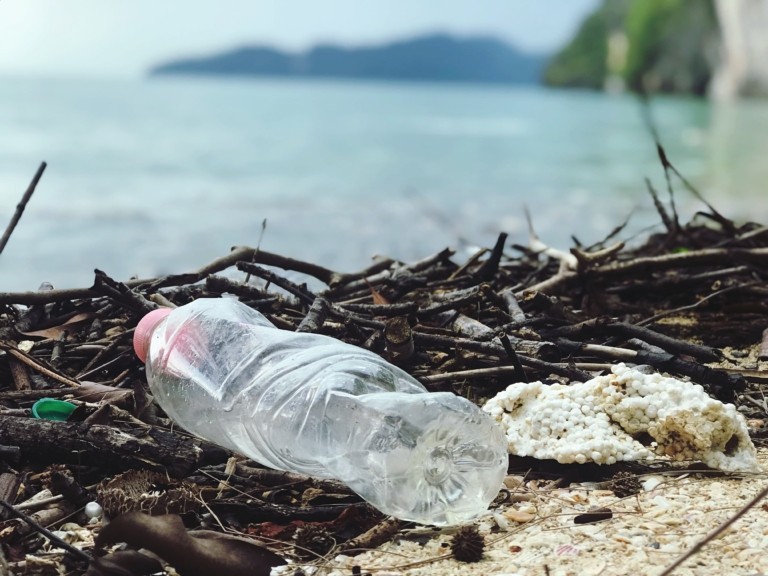
When it comes to bacteria, there’s the good, the bad, and the ugh. Fortunately, scientists around the world are working on ways to enlist bacterial help in green technology. A crew from University College Dublin in Ireland has devised a way to put bacteria to use in recycling plastic into better-quality versions than the lowly PET we’re used to. You might remember the astute Canadian student who got bacteria to eat plastic, although the jury is still out on how much the bugs will truly chug. Using a different approach, New Zealander Matthew Darby made the mother of all toasty machines to recycle previously-unrecyclable plastic. One of the big problems with plastic recycling is that the end result is polyethylene terephthalate–a fairly low-grade plastic that isn’t as desired as polyhydroxyalkanoate or PHA, a biodegradable plastic that’s kind of the Prius of the plastic world. But PHA is expensive to make. Microbiologist Kevin O’Connor and his team came up with a process that sounds a little like alchemy at first, but should work. O’Connor’s group heated PET to break it down into a gas, a liquid, and a solid. From there, they grabbed some Pseudomonas putida, which were partial to the plastic at a local bottling plant in Dublin. Sure enough, the bacteria took a liking to O’Connor’s snack and turned the solid–terephthalic acid–into PHA. The other byproducts will be burned as a heat source to make more of the stuff. While it won’t outright solve our plastic problems, this process should encourage more recycling and open up new markets. Give that bacteria some props along with the PET.
http://news.discovery.com/tech/more-adventures-with-plastic-eating-bacteria.html
Biodegradable Plastic
PET and other polymers are biodegradable over a long period of time by different microbes, the ultimate biodegradability of these polymers are slow. BioSphere biodegradable plastic additive enhances the biodegradability of regular polymeric materials by hydrolysis and microbial attraction through quorum sensing.
Contact BioSphere today to enhance the ultimate biodegradability of your products.



